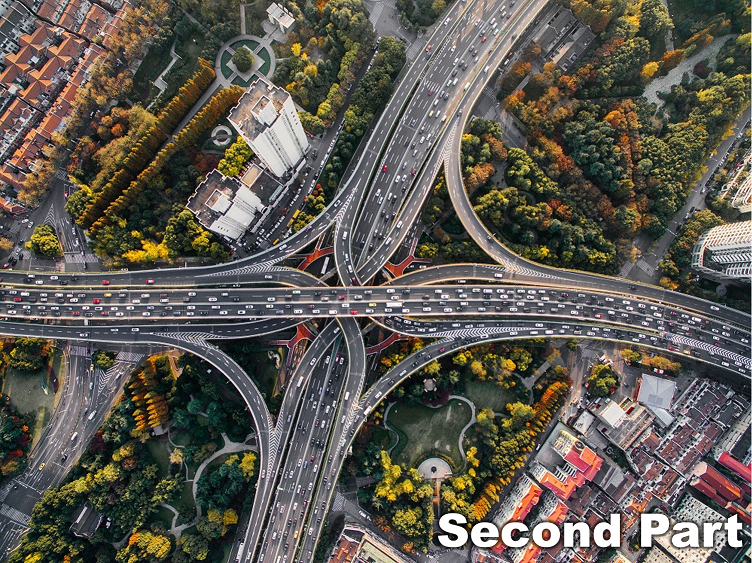By Salvador Nocetti Vilchis

April 30, “Children’s Day”, and in this 2017 a day to culminate a learning cycle that was much larger than I had imagined.
It all started more than a year ago when I started a program called “Visión Sistémica” (Systemic Vision) that offered tools for the leader and the “systemic” coach. Enough reason to explore and complete my personal toolbox.
The offer was attractive and challenging. In my case it seemed, from my own understanding, that a communicologist knew all the secrets and hides of communication… even from theory.
The first weekend session my judgments began to do their job. A nurtured group, a well-known and reputable teacher and a German teacher who did not speak Spanish. Ah! and a translator. I must confess that my first judgment was “this is going to be in Chinese, how can they do it?, we are going to progress extremely slow!
And the truth was not in Chinese, it was in German, to English, to Spanish.
My reality constructions
Step by step I discovered these thoughts and judgments come from my way of building the world. My “construction of reality” and that way of responding to any comment is not necessarily what is happening, it is simply the construction of behavior that I decide facing the reality that I build. Does it seem complicated? Well yes, communicating is complicated and to get a good result of a data exchange between two people is required only one thing… to take care of the common purpose through the care of the form.
Understanding this through the modules led me to realize that I decide before life if I am a victim or protagonist, others call it “being the driver or passenger of the bus of life”.
Now I realize that throughout all my years I have had conversations in which what I wanted to say or shut up was not guaranteed. That even with the people I love the most in life, the conversation can easily go right to the cliff. I understood that communication is a miracle.
I also realized that many of the tools I learned over the years, such as different negotiation techniques, positive negotiation, look for win-win, difficult conversations or whatever! Are just ways man has sought to give tips, checklists, guides and tips to reduce the complexity of life.
Today, looking at what I learned in these months with Katia del Rivero and Michael Blumenstein, I know that this is the best way to explain what goes on inside the brain when I exchange data with another person.
My business venture
In the last three years, I ventured into the challenge of a family business, 100% Mexican, one of the so-called “micro-enterprises”. When I arrived at the organization I had my toolbox developed in international corporations and “Premium” brands. In addition to my ego (again, “construction of reality”) ensuring that having pass through four international mergers — one of them where as Latin American Director — I was left ready for anything.
My surprise is that even with these new tools if the common purpose is not shared, nothing works. So the theory is good, but it is better when you feel, live, sweat and breathe through their approaches: what do we want to do together?, and where do we go?
Learning without “acknowledgment”
A year ago my mother passed away and brought me the feeling of orphanhood… yes, at my age. A few months later a great friend died of a cancer that finish him in few years. Finally, the third person who left was my teacher Michael Blumenstein, fulfilling that tale we invented that people are passing away “three by three”.
It is obvious that all these losses hurt in the soul, from different places. It is as if they have their own territory in the heart.
In the case of Michael’s departure, it hurts me that in order to continue to learn from the teacher, we must investigate and discuss what I understood and what others understood. And that there will not be that “acknowledgment” from the author of the theory. The truth is that this program called “Visión Sistémica”, today “Blumenstein Theory” offers ways to live a good life, that is, enjoy, thank and build to live in peace. In peace because from a conversation, if I take care of the purpose and I realize what it is necessary to make you want to understand us then, perhaps, I will do it with more care and more love.
Finally, I spent the Children’s Day closing a cycle that enabled me to open a new cycle with a broader look and seeking that my contributions are of greater value, mutual understanding, service and love.
Happy Children’s Day!








